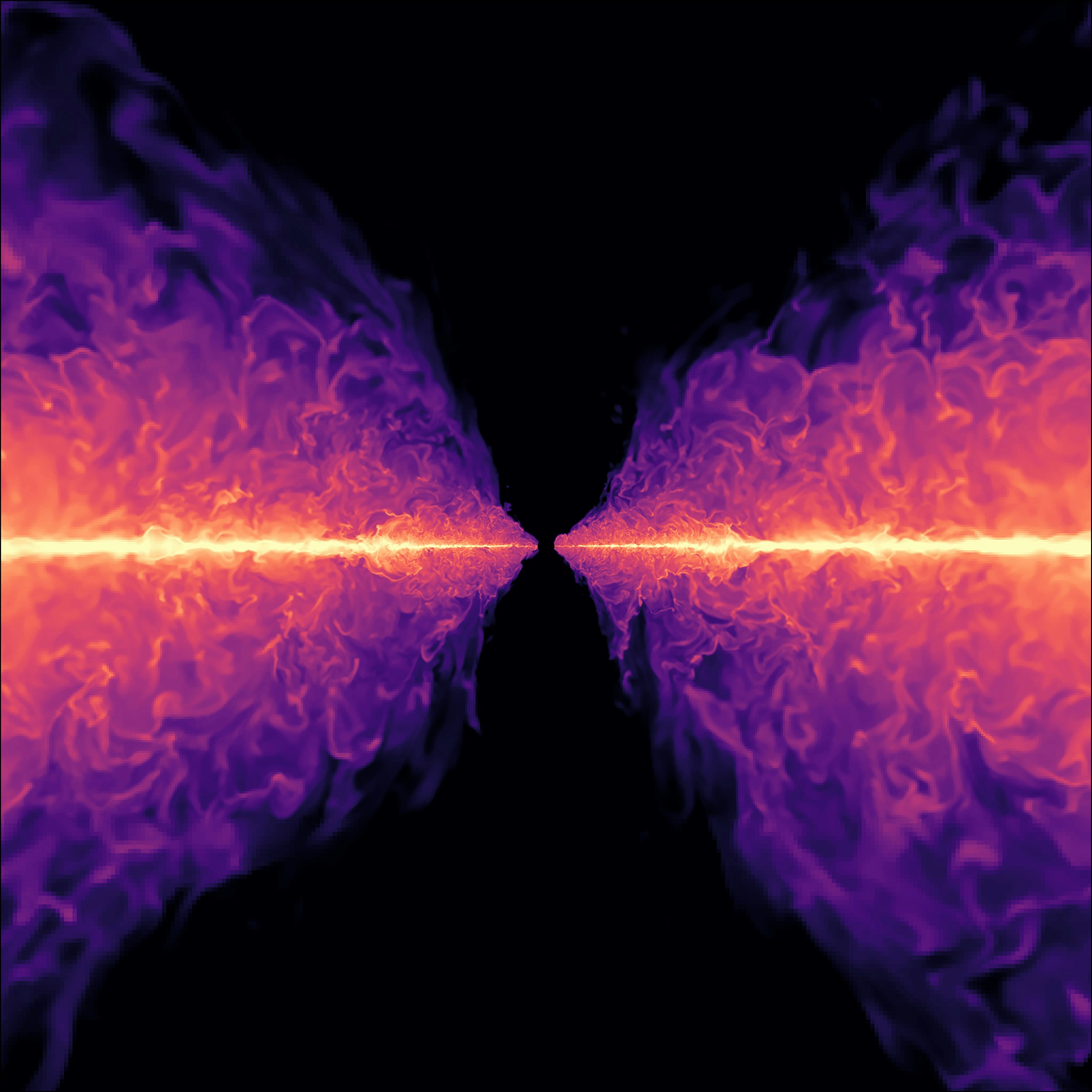New York aims to democratize access to hardware often limited to federal labs and Big Tech.

Groundbreaking Simulations Show How Black Holes Glow Bright
New simulations created by astrophysicists at the Flatiron Institute and the Institute for Advanced Study reveal how material flowing around and into black holes creates intense light shows.
Funding Opportunities
Our grantmaking efforts focus on mathematical and physical sciences, life sciences, and autism and neuroscience research.
Announcements
December 08, 2025
November 15, 2025
November 13, 2025
Articles
December 01, 2025

November 19, 2025

December 15, 2025

December 11, 2025

December 09, 2025

December 08, 2025

What We're Reading
December 17
A new paper, researchers at the Flatiron Institute, NYU Langone, and Rutgers University propose that sensory neurons are not just passive filters but active, “self-supervised learners“. Their job is to find hidden structures in the dynamic flow of sensory data, effectively sorting the present moment based on its shared history or its likely future.
The Museum of the Moving Image is becoming a place to gather, play, and create.
The age at which a person is diagnosed with autism spectrum disorder is sometimes linked to their genetic make-up and their risk of developing mental-health conditions, according to an analysis of behavioural and genetic data.



